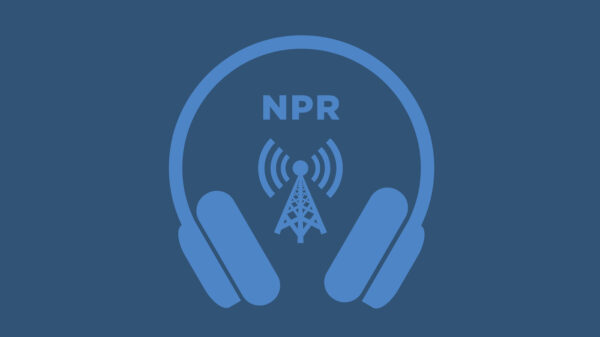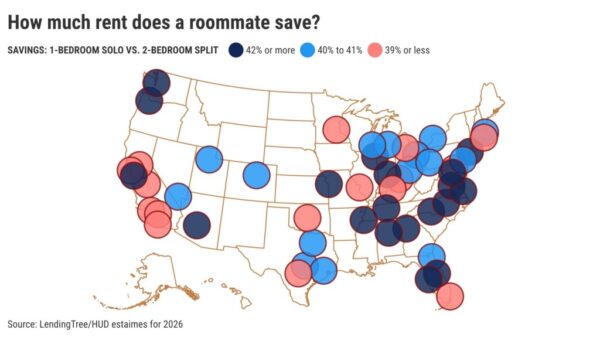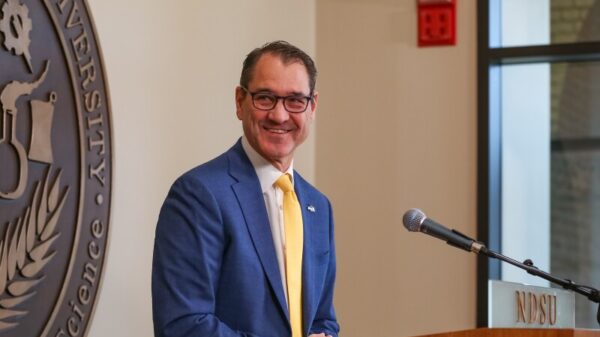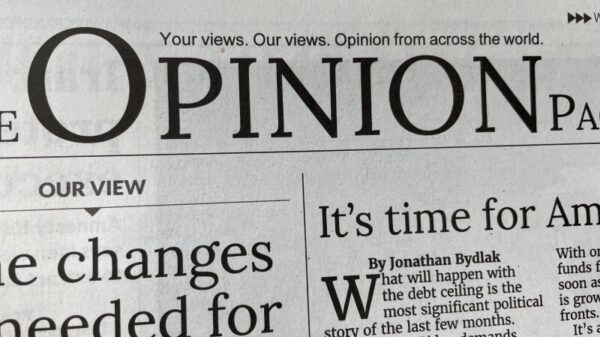Military aviators often recount their near-death experiences, sharing harrowing stories in informal settings such as break rooms or over drinks. Recent research led by David Long, a J. Edward Zollinger Term Associate Professor at William & Mary’s Raymond A. Mason School of Business, explores the impact of these narratives on the individuals who tell them. The study, titled “Stories from the Danger Zone: Conversational Storytelling and the Meaning of Work After a Close Brush with Death,” has been published in the Journal of Applied Psychology.
Co-authored with researchers from several institutions, including Jason Colquitt from the University of Notre Dame, Rachel Burgess from Arizona State University, and Kevin Rockmann from George Mason University, the study examines how storytelling can help aviators find meaning and purpose following life-threatening events.
Through interviews with 58 military aviators who survived crashes, ejections, and mechanical failures outside of combat zones, the researchers uncovered significant insights into the role of storytelling. While many participants spoke of trauma and disruption, they also articulated a surprising finding: the act of recounting their experiences often became a source of connection, self-worth, and healing.
“We expected to hear about trauma and disruption, and we did. But what surprised us was how many participants found meaning in the retelling,” Long noted. “Stories don’t just help us survive. They help us thrive.”
The research highlights that storytelling does more than aid in understanding past events; it fosters a sense of fulfillment. This dual aspect—“meaning as understanding” and “meaning as fulfillment”—became evident as many aviators expressed a renewed sense of purpose, belonging, and esteem through their narratives. They recognized that their stories could help others, creating a powerful bond within their community.
One of the key findings is that the manner in which stories are told significantly affects their impact. Long points out that elements such as humor, poetic license, and the audience’s reactions play crucial roles in shaping the meaning derived from these narratives. Even when addressing painful topics, such as the loss of a fellow crew member or personal mistakes, storytellers used these experiences to foster connection and understanding with their peers.
Moreover, the researchers developed a theoretical model that illustrates how the dramatic tension in a story—whether lives were lost or errors made—affects storytelling styles and outcomes. This nuanced understanding is vital for organizational psychology and workplace studies.
Perhaps most notably, the research indicates that for some aviators, storytelling evolved into a personal mission. Sharing their experiences became a calling to educate others, preserve memories, or advocate for safety within their fields.
This study fills a significant gap in understanding the power of storytelling in the workplace. Previous research has largely focused on storytelling as a tool for organizational learning or personal reflection, but this work reveals its potential to generate authentic meaning in the wake of existential threats.
In conclusion, David Long hopes that their findings encourage leaders to create more opportunities for storytelling in work environments, particularly the vulnerable and messy kinds. “Because it turns out, stories don’t just help us survive. They help us thrive.”








































































